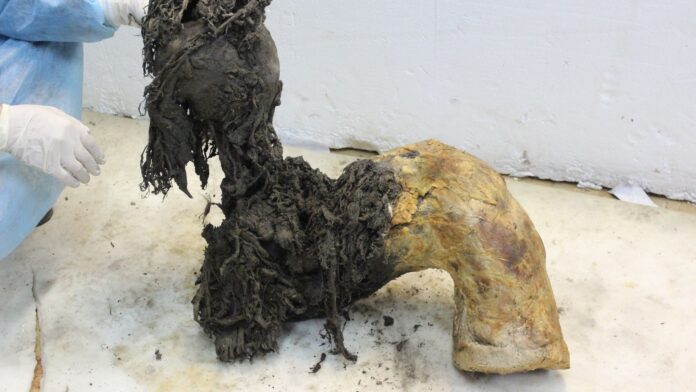For the first time, scientists have successfully sequenced ribonucleic acid (RNA) from woolly mammoths, shattering previous assumptions about the molecule’s fragility and survival over millennia. This breakthrough opens a new window into the cellular processes of extinct species, offering insights beyond what ancient DNA alone can provide.
RNA: The Messenger of Life
RNA acts as an intermediary between DNA and protein production, carrying instructions from genes to cellular machinery. Unlike the double-stranded stability of DNA, RNA is single-stranded, making its preservation in ancient samples exceptionally rare. However, this very instability holds crucial information: RNA reveals which genes were active at the time of death, providing a snapshot of cellular function in the final moments of life.
A Breakthrough in Paleogenomics
The research, published in Cell, analyzed well-preserved mammoth specimens from Siberia, dating back 10,000 to 50,000 years. One sample, a 39,000-year-old juvenile named Yuka, yielded spectacular results. This is the oldest sequenced RNA to date, surpassing previous records by a significant margin.
Sex, Stress, and Cellular Snapshots
The RNA analysis revealed a surprising discovery: Yuka, previously assumed to be female based on physical traits, is actually male. Beyond sex identification, the RNA provided a detailed look into Yuka’s muscle function, revealing cellular stress indicators. These markers suggest the mammoth experienced metabolic distress in its final moments.
A Violent End?
The team found molecular evidence of stress in Yuka’s muscle tissue, corroborating earlier findings of claw marks from cave lions and bite marks from smaller predators on the mammoth’s body. Whether Yuka was killed by predators or scavenged after death remains unknown, but the RNA offers a glimpse into the cellular reality of its final moments.
A New Era in Ancient Genetics
Federico Sánchez Quinto, a paleogenomicist not involved in the study, called the findings “a breakthrough publication in the field of paleogenomics.” The study proves that extracting RNA from extremely old specimens is possible, opening a new area of research for other scientists. The team has even provided a roadmap for successful ancient RNA retrieval.
The ability to analyze RNA from extinct species provides a level of detail previously unattainable, offering a unique glimpse into the cellular processes of life long past. This breakthrough marks a significant step forward in understanding the biology of extinct giants and promises to reshape the field of ancient genetics


































